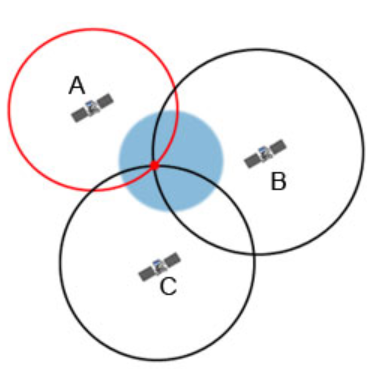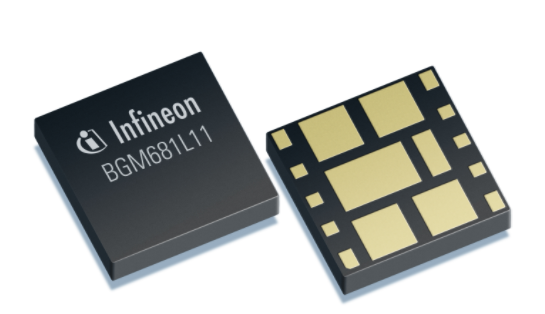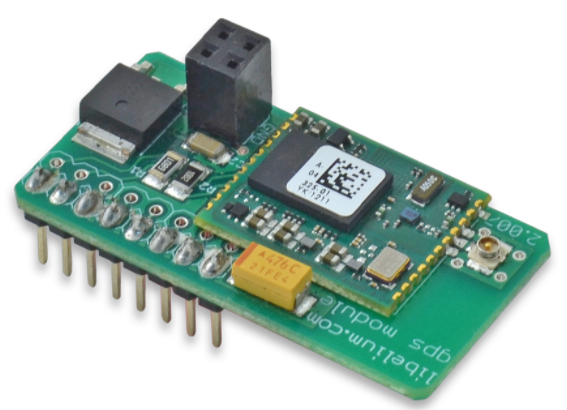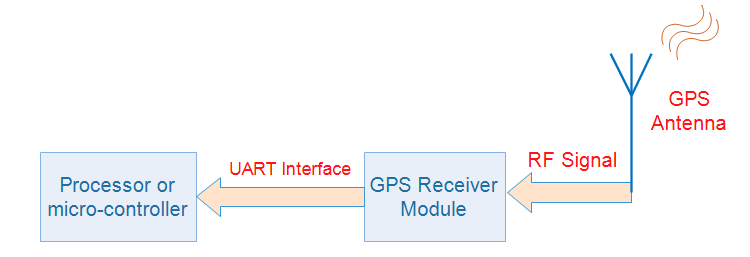What is GPS, how GPS module is used for base station applications, how to choose GPS module ?
The Global Positioning System (GPS) is a worldwide radio-navigation system formed from a constellation of 24 satellites and their ground stations. GPS uses these “man-made stars” as reference points to calculate positions accurate to a matter of meters. In fact, with advanced forms of GPS you can make measurements to better than a centimeter!
In a sense it’s like giving every square meter on the planet a unique address.
GPS receivers have been miniaturized to just a few integrated circuits and so are becoming very economical. And that makes the technology accessible to virtually everyone. These days GPS is finding its way into cars, boats, planes, construction equipment, movie making gear, farm machinery, even laptop computers.
Soon GPS will become almost as basic as the telephone.
How GPS Work
The GPS receiver gets a signal from each GPS satellite. The satellites transmit the exact time the signals are sent. By subtracting the time the signal was transmitted from the time it was received, the GPS can tell how far it is from each satellite. The GPS receiver also knows the exact position in the sky of the satellites, at the moment they sent their signals. So given the travel time of the GPS signals from three satellites and their exact position in the sky, the GPS receiver can determine your position in three dimensions – east, north and altitude.
Imagine you are standing somewhere on Earth with three satellites in the sky above you. If you know how far away you are from satellite A, then you know you must be located somewhere on the red circle. If you do the same for satellites B and C, you can work out your location by seeing where the three circles intersect. This is just what your GPS receiver does, although it uses overlapping spheres rather than circles.
There is a complication. To calculate the time the GPS signals took to arrive, the GPS receiver needs to know the time very accurately. The GPS satellites have atomic clocks that keep very precise time, but it’s not feasible to equip a GPS receiver with an atomic clock. However, if the GPS receiver uses the signal from a fourth satellite it can solve an equation that lets it determine the exact time, without needing an atomic clock
If the GPS receiver is only able to get signals from 3 satellites, you can still get your position, but it will be less accurate. As we noted above, the GPS receiver needs 4 satellites to work out your position in 3-dimensions. If only 3 satellites are available, the GPS receiver can get an approximate position by making the assumption that you are at mean sea level. If you really are at mean sea level, the position will be reasonably accurate. However if you are in the mountains, the 2-D fix could be hundreds of meters off.
A modern GPS receiver will typically track all of the available satellites simultaneously, but only a selection of them will be used to calculate your position.
To determine the location of the GPS satellites two types of data are required by the GPS receiver: the almanac and the ephemeris. This data is continuously transmitted by the GPS satellites and your GPS receiver collects and stores this data.
GPS module vs GPS Chipset
GPS chipset is the main integrated circuit (IC), which receives the GPS signals, and decode it. It needs external peripherals to work such as external power supply, clock, antenna, low noise amplifier (for better sensitivity) etc.
On the other hand, GPS module comes in a complete package that requires no other external circuitry for GPS reception. It may or may not contains antenna on it. If someone has less knowledge or do not want to invest in GPS technology, but just want to use GPS system in his hardware, then GPS module is best solution there. You just have to plug and play.
How to use GPS module for Base Station Applications
The following things are required to use GPS for base station applications:
External Antenna
This antenna is mounted outside BTS box on the tower facing sky. This antenna is mounted on the BTS chassis using screws.
GPS module
Antenna is connected to the GPS module using RF cable. This GPS module is mounted inside BTS box.
Processor
BTS’s processing unit i.e. FPGA, CPLD or other base band processor connected to the GPS module using UART (or SPI, I2C etc) interface. This processor send command to GPS module and receives desired response from it.
Thus using a GPS module and external antenna, one can get the most accurate 1 Hz clock and synchronize other clock circuitry
Parameters for selecting GPS module
GPS Pulse Accuracy
This is the accuracy of 1Hz pulse received from GPS module or chipset. (Typical ±25ns)
GPS Sensitivity
Minimum level of signal that allows GPS receiver to acquire or track the GPS signal.
Acquisition sensitivity: minimum level to successfully get GPS signal information while system powers up first time. (typically around -140 to -150 dBm)
Tracking sensitivity: minimum level to maintain location fix once it has been attained (typically -150 to -160 dBm)
Interface Type
When we use any GPS chipset or GPS module, then over some interface, we need to get the GPS packet information. That interface could be UART, I2C, SPI etc.
Operating Supply Voltage
This is the voltage over which GPS module or chipset works. (Typically, +2.5V or +3.3V)
Operating Temperature Range
If using GPS module for outdoor applications, then minimum and maximum operating temperature range shall be checked. (Typically -40 to +85 degreeC)
Where does GPS is used ?
Location – determining a basic position
Navigation – getting from one location to another
Tracking – monitoring the movement of people and things
Mapping – creating maps of the world
Timing – bringing precise timing to the world
GPS module popular manufacturers
- Maestro Wireless
- Linx Technologies
- Antenova
- Parallax Inc.
- Skyworks Solutions
- SparkFun Electronics
- Wi2Wi
- Taiyo Yuden
- Trimble




